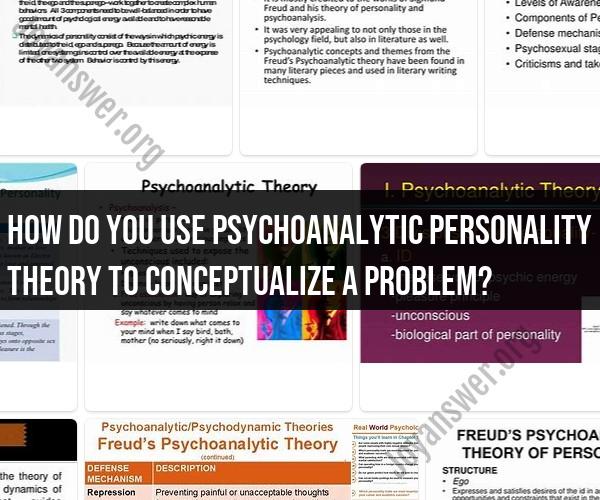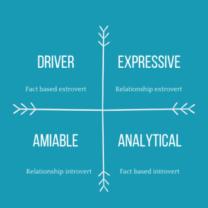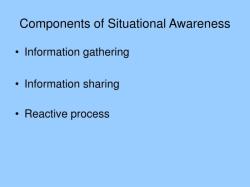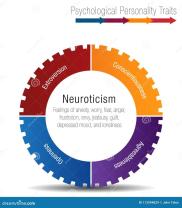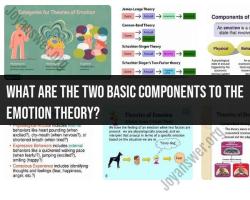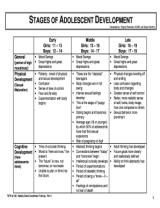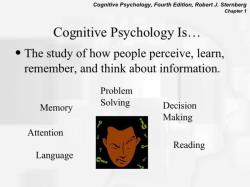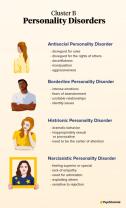How do you use psychoanalytic personality theory to conceptualize a problem?
Psychoanalytic personality theory, developed by Sigmund Freud, offers a unique lens for understanding and conceptualizing psychological problems. While modern psychology has evolved and diversified, some aspects of psychoanalytic theory remain influential in clinical practice. Here's how you can use psychoanalytic theory to conceptualize a problem:
Understanding the Three Levels of Mind:
Conscious Mind: This level includes thoughts and feelings that are currently in your awareness. When conceptualizing a problem, consider what the person is consciously aware of regarding their thoughts, emotions, and behaviors.
Preconscious Mind: The preconscious contains information that is not currently in awareness but can be easily accessed. Explore whether there are underlying thoughts or memories that may be contributing to the problem.
Unconscious Mind: The unconscious holds repressed memories, desires, and thoughts that are hidden from awareness. In psychoanalysis, deep-seated conflicts and unresolved issues often reside here. Consider whether unconscious processes, such as defense mechanisms, are influencing the problem.
Identifying Defense Mechanisms:
Psychoanalytic theory describes various defense mechanisms people use to cope with anxiety and protect themselves from distressing thoughts or feelings. Recognizing which defense mechanisms are at play can help in problem conceptualization. For example:
- Repression: Is the individual pushing distressing thoughts or memories into the unconscious?
- Denial: Is the person refusing to acknowledge a problematic aspect of their life?
- Projection: Are they attributing their own undesirable feelings to others?
- Rationalization: Are they creating plausible but inaccurate explanations for their behavior?
- Sublimation: Are they channeling unacceptable impulses into socially acceptable activities?
Exploring Early Life Experiences:
Freud's theory suggests that early childhood experiences, particularly in the first five years, can shape personality and influence problems later in life. Ask about the person's early relationships, traumas, and significant events. Consider whether unresolved conflicts or patterns from childhood may be contributing to the current problem.
Examining the Role of Unconscious Desires:
Freud believed that unconscious desires, often related to sexuality and aggression, could influence behavior. Explore whether there are underlying desires or wishes that the person is unaware of, which might be driving their actions or emotions.
Assessing Ego and Superego Functioning:
In psychoanalytic theory, the ego (reality principle) and superego (morality principle) play crucial roles in managing impulses and desires. Assess how well the person's ego is balancing their inner conflicts and demands of reality. Are there conflicts between the ego, superego, and id (the pleasure principle) that contribute to the problem?
Considering Transference and Countertransference:
In therapeutic relationships, transference occurs when the client unconsciously transfers feelings and attitudes from past relationships onto the therapist. Countertransference is the therapist's emotional response to the client. Consider whether transference and countertransference dynamics are affecting the problem's conceptualization, especially in therapeutic contexts.
Utilizing Dream Analysis and Free Association:
Freud used techniques like dream analysis and free association to uncover unconscious material. Encourage individuals to explore their dreams and engage in free association exercises to uncover hidden thoughts and emotions relevant to the problem.
It's important to note that while psychoanalytic theory provides a rich framework for understanding the unconscious mind and psychological dynamics, contemporary psychology incorporates multiple approaches. Many therapists use an integrative approach that combines elements of psychoanalytic theory with cognitive-behavioral, humanistic, or other therapeutic techniques to provide a holistic understanding of and treatment for psychological problems.
